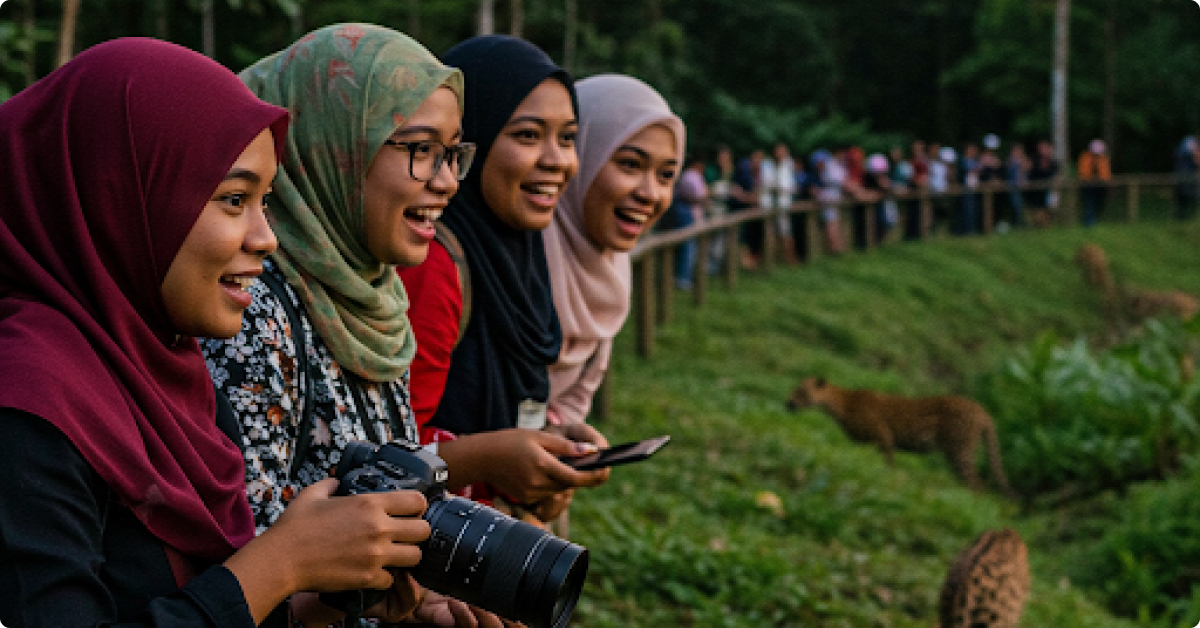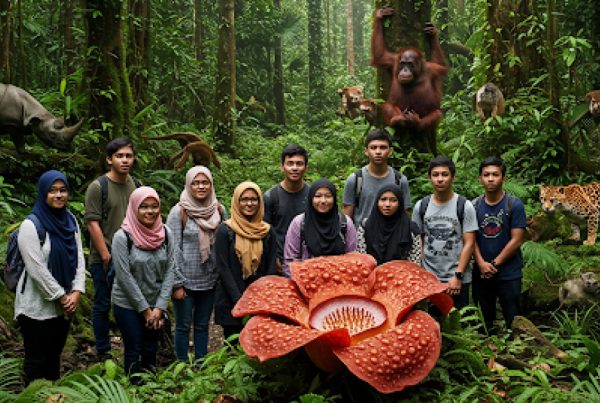Borneo is not just known for its lush greenery, but also for the rare and fascinating animals that call it home. From treetop dwellers to river swimmers, the Borneo fauna is truly one of a kind. In this ultimate guide, we’ll explore the concept of fauna, its role in the jungle ecosystem, and introduce you to 8 iconic Borneo animals you must know — especially if you’re visiting Malaysia.
What is Flora?
Before we dive into fauna, it’s important to understand flora. In simple terms, flora refers to all the plant life in a particular region or time period. This includes trees, shrubs, flowers, mosses, and ferns. In Borneo, flora is incredibly rich due to the tropical climate and unique biodiversity — making it a botanical paradise.
Read : 5 Iconic Borneo Flora in Malaysia You Need to Know!
Differences Between Flora and Fauna
While flora refers to plant life, fauna refers to animal life. Think of it this way: flora provides the shelter and food, while fauna interacts with it to maintain the balance of nature. Both are essential elements of the Borneo rainforest ecosystem, and their symbiotic relationship is key to the survival of endangered species.
Read : Borneo Flora And Fauna : Uniquely Wild. Uniquely Ours
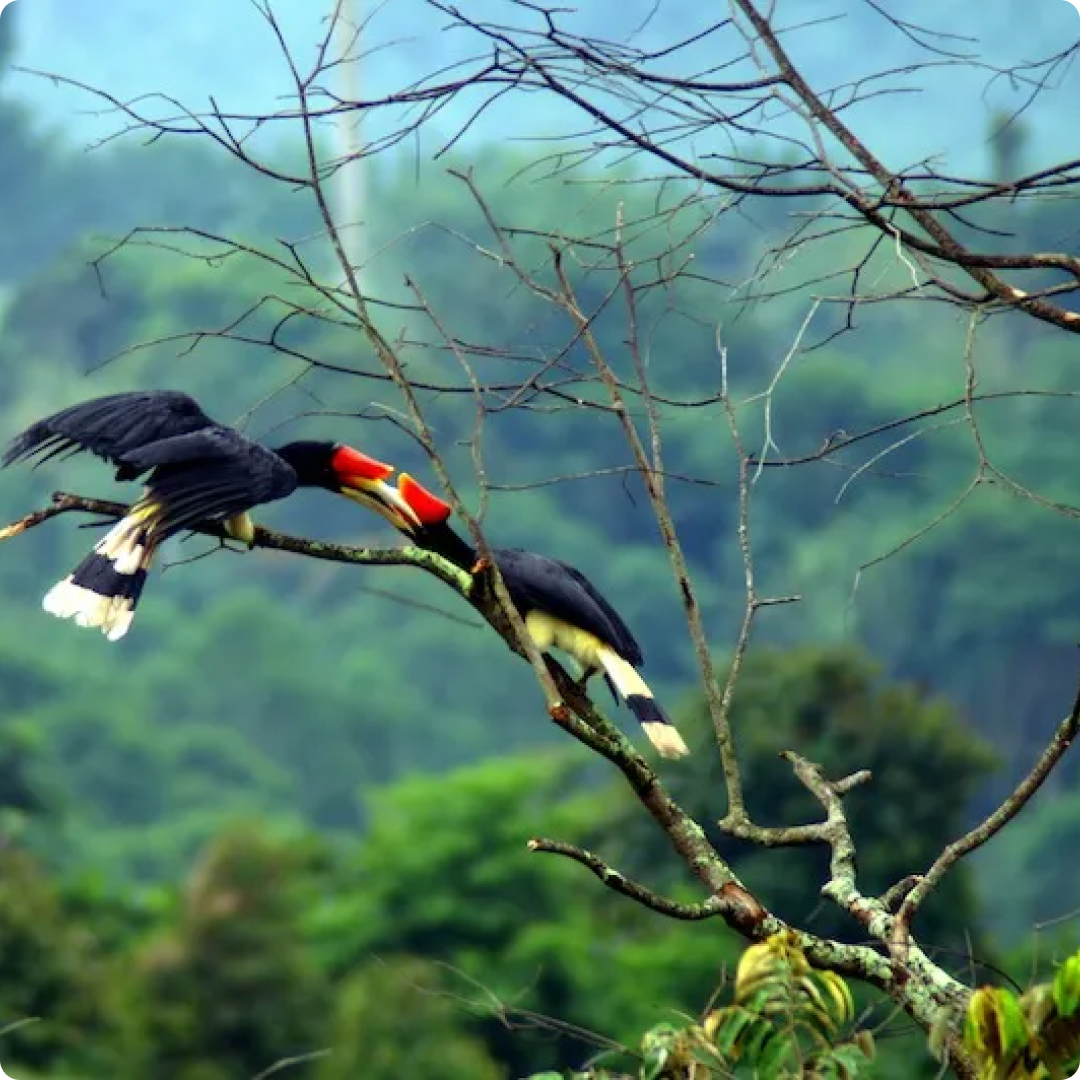
Summary:
| Term | Meaning |
|---|---|
| Flora | Plant life |
| Fauna | Animal life |
Importance of Flora in Jungle Ecosystem
The jungle ecosystem relies heavily on flora. Plants provide oxygen, prevent soil erosion, regulate temperature, and act as food and shelter for many species of fauna. Without healthy flora, Borneo fauna such as the orangutan or clouded leopard would struggle to survive. This mutual dependence is what makes conservation efforts so critical in Malaysian Borneo.
Read : 25 Fun Facts About Borneo Jungle Ecosystem (2025 Edition)
8 Borneo Fauna in Malaysia
Here are eight iconic animals that define the Borneo wildlife experience.
1. Bornean Orangutan (Pongo pygmaeus)
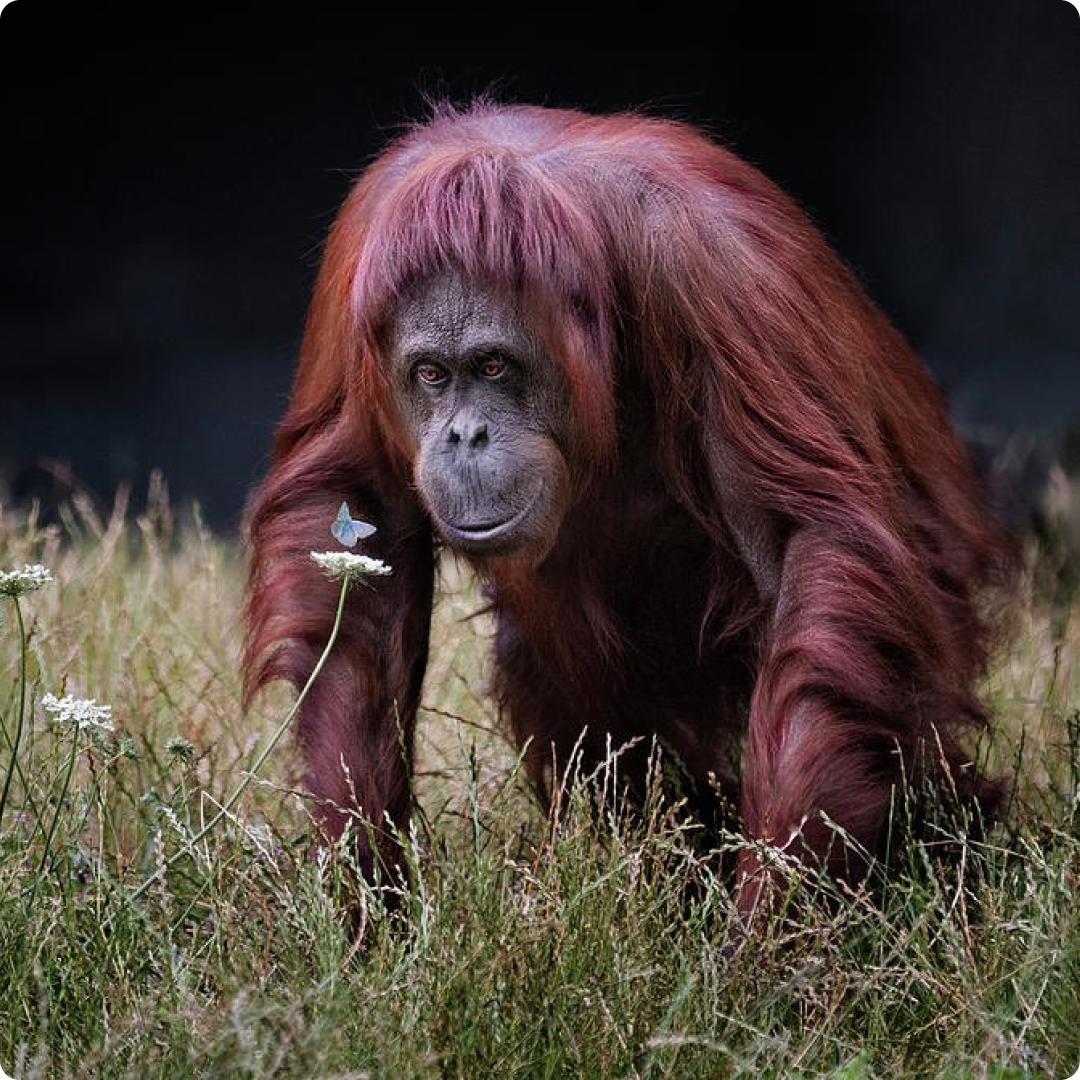
A symbol of Borneo, the Bornean orangutan is a critically endangered species found only in Sabah and Sarawak. Known for their intelligence and tree-dwelling behavior, these primates play a crucial role in seed dispersal and forest regeneration.
Key facts:
- Population: Less than 105,000 left
- Habitat: Lowland rainforests
- Conservation status: Critically Endangered
2. Pygmy Elephant

Smaller and more docile than African elephants, the Borneo pygmy elephant is found in Sabah. They are incredibly rare and tend to live in forested areas near rivers.
Key facts:
- Height: Around 2.5 meters
- Behavior: Peaceful, family-oriented
- Threats: Habitat loss due to deforestation
3. Bornean Clouded Leopard

This elusive predator is known for its cloud-like fur patterns and incredible climbing skills. It’s the top predator in the Bornean jungle ecosystem and plays a vital role in controlling prey populations.
Key facts:
- Diet: Monkeys, birds, and deer
- Unique feature: Long tail for balance
- Conservation status: Vulnerable
4. Proboscis Monkey
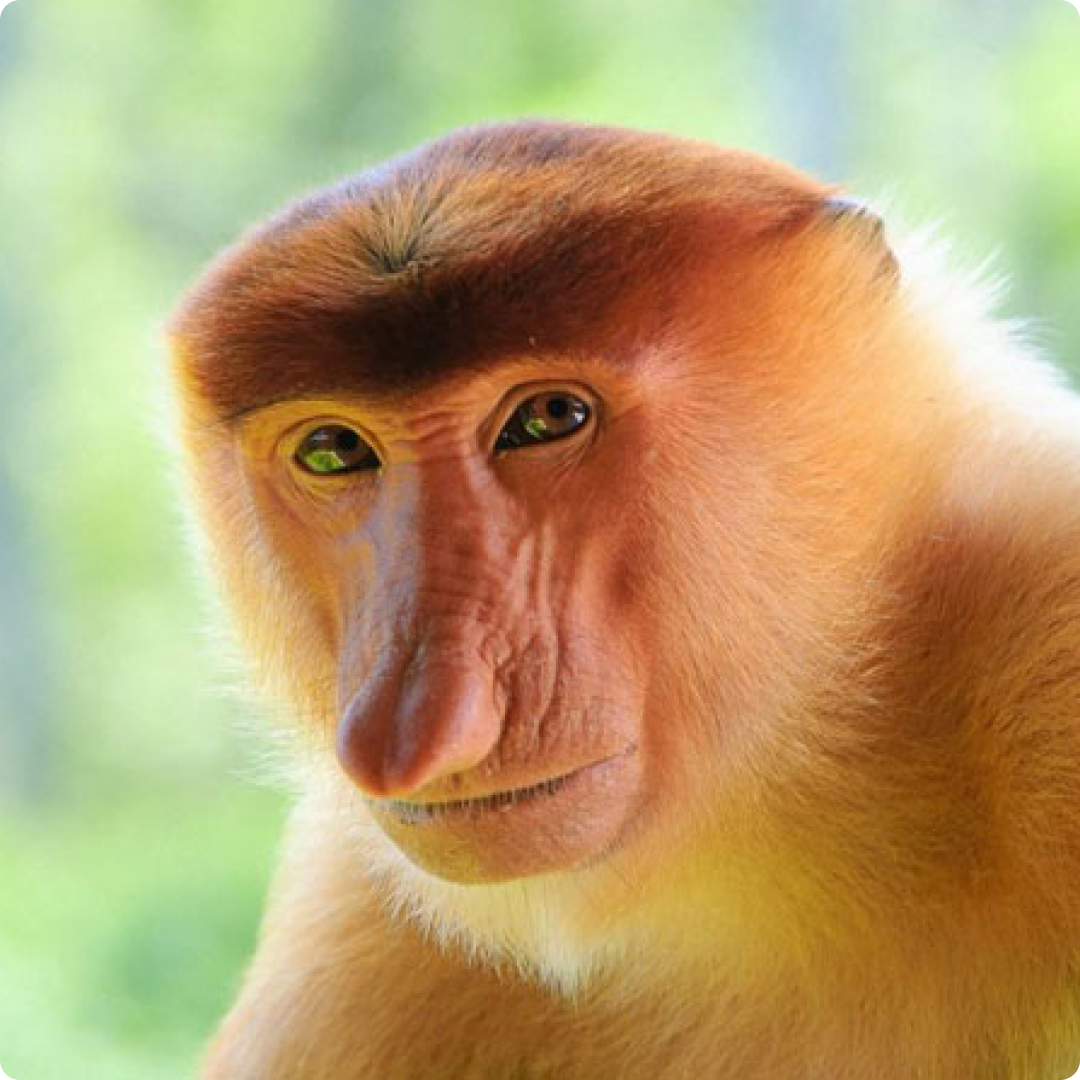
Endemic to Borneo, the proboscis monkey is famous for its large nose and pot-bellied appearance. They are excellent swimmers and usually live in mangrove and riverine forests.
Key facts:
- Found mostly in: Sabah’s Kinabatangan River
- Unique feature: Big nose helps amplify calls
- Threats: Logging and palm oil plantations
5. Sun Bear
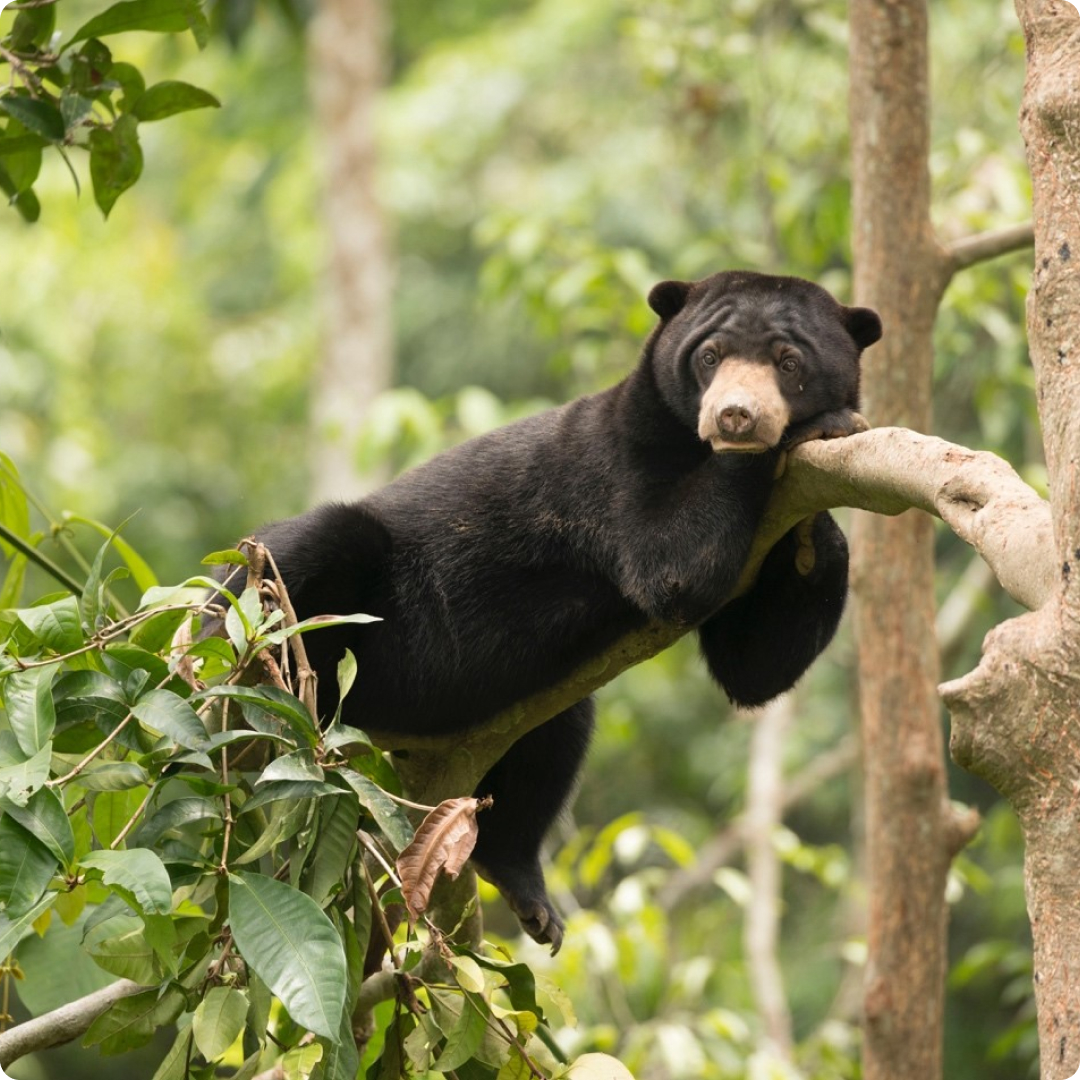
The Malayan sun bear is the smallest bear species in the world and lives in the tropical forests of Borneo. Their diet includes honey, insects, and small vertebrates.
Key facts:
- Size: 1.2 to 1.5 meters in length
- Unique trait: Long tongue for honey
- IUCN status: Vulnerable
6. Hornbill

Borneo is home to several species of hornbills, which are easily recognized by their large beaks and loud calls. These birds are culturally significant in many indigenous communities in Sarawak.
Key facts:
- Diet: Fruits and small animals
- Significance: State bird of Sarawak
- Threats: Deforestation and hunting
7. Binturong (Bearcat)
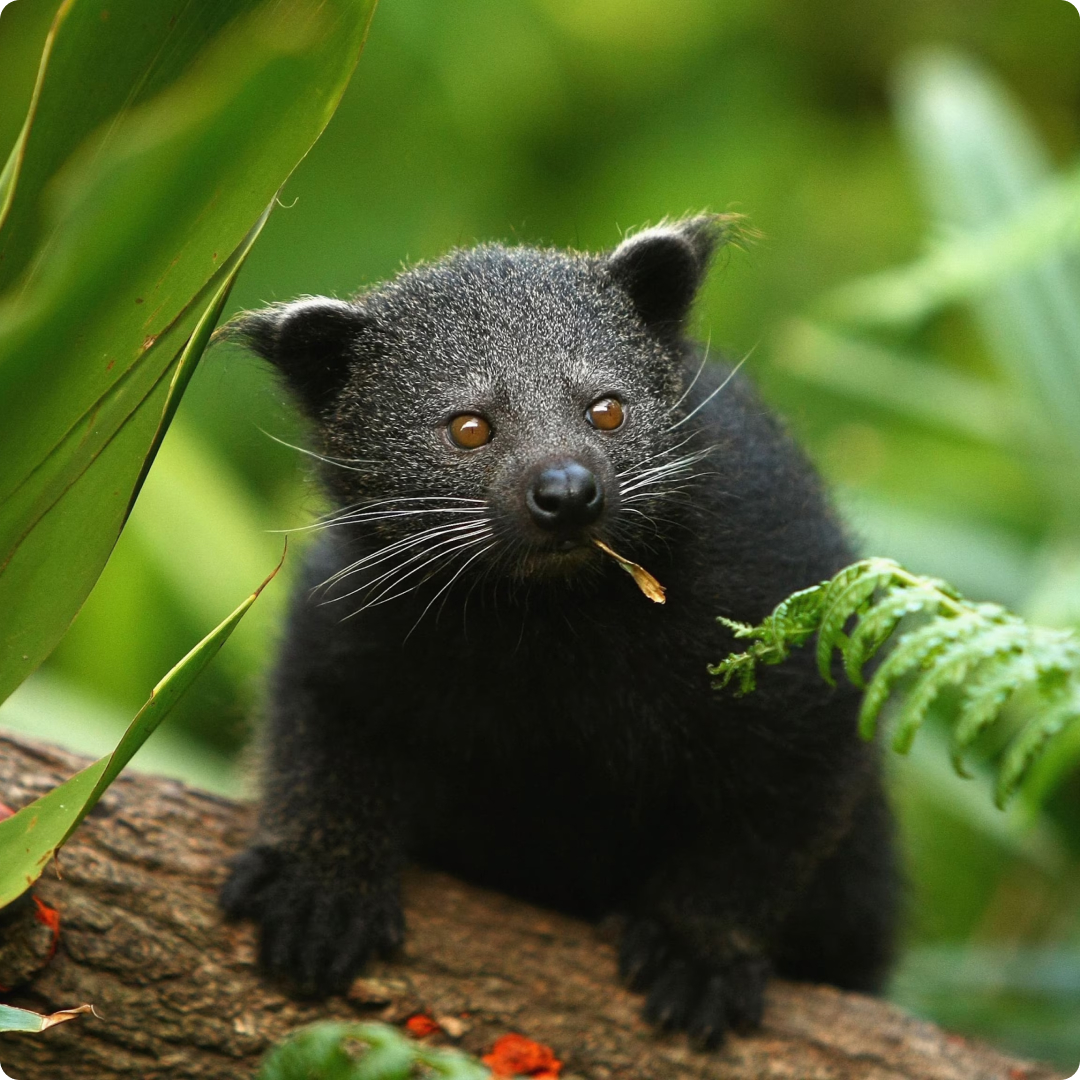
With a face like a cat and body like a bear, the binturong is a nocturnal mammal often found in the high canopy of Borneo’s rainforests. It smells like popcorn due to a special scent gland.
Key facts:
- Activity: Nocturnal
- Fun fact: Uses prehensile tail to hang from trees
- Conservation status: Vulnerable
8. Flying Fox
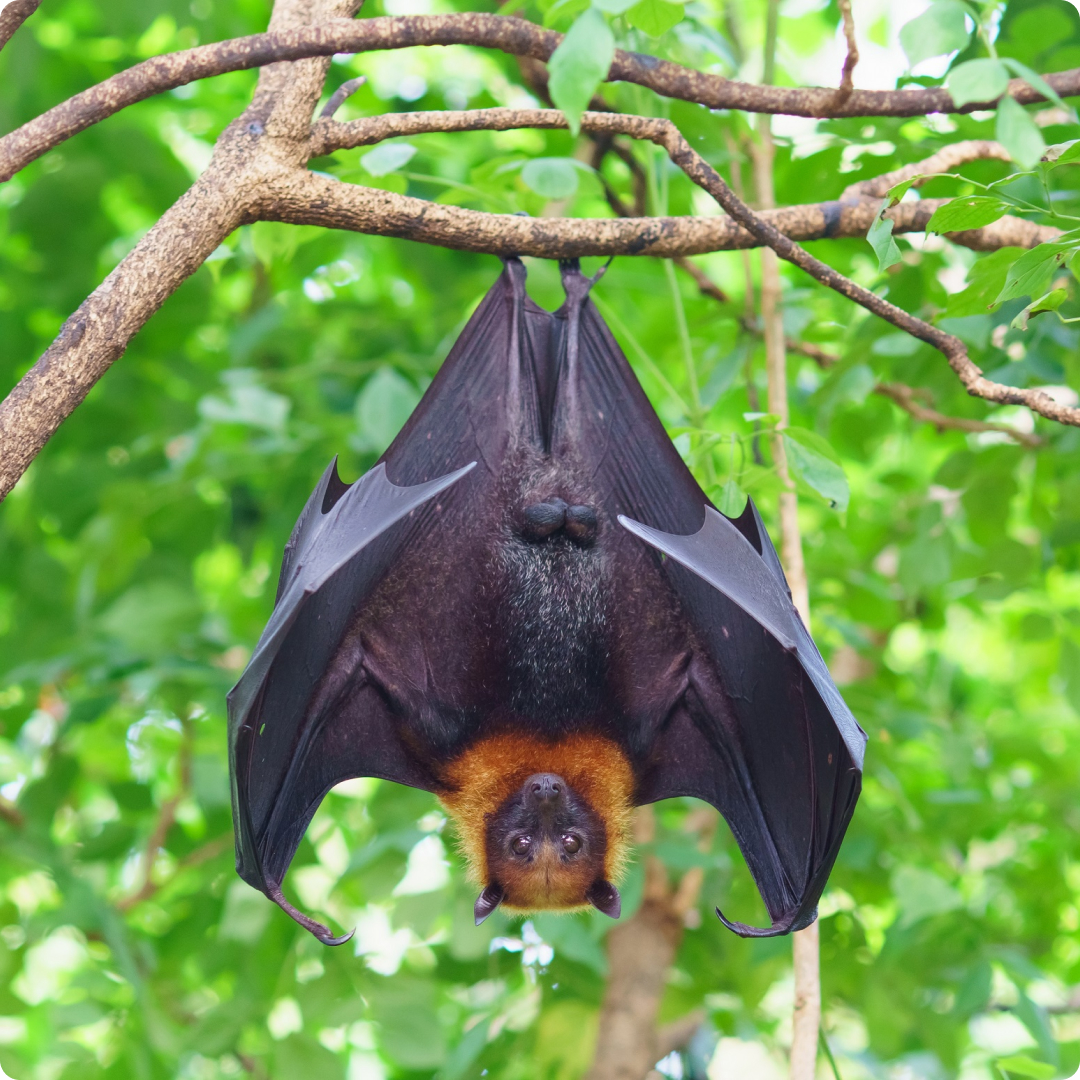
The flying fox is the largest bat species in the world and plays an essential role in pollination. Despite their spooky appearance, they are harmless and vital to the ecosystem.
Key facts:
- Wingspan: Up to 1.5 meters
- Diet: Fruits and nectar
- Role: Helps pollinate trees and disperse seeds
“The great rainforests of Borneo are the lungs of Southeast Asia. If we lose them, we lose one of the planet’s richest sources of biodiversity.” — Dr. Jane Goodall, Primatologist and Conservationist
Conclusion
In summary, the Borneo fauna is an irreplaceable treasure of Malaysia’s natural heritage. From orangutans and pygmy elephants to hornbills and clouded leopards, each animal plays a key role in maintaining the health of the Borneo jungle ecosystem.
If you’re curious to experience this rich biodiversity up close, there’s no better place than the upcoming Borneo Flora Festival 2025 in Labuan. It’s more than just plants — it’s a celebration of everything that makes Borneo wild and wonderful, including its fauna.
Refer to the infographic below for more information on how to explore the Borneo fauna at the Borneo Flora Festival.


